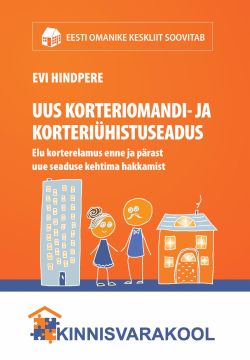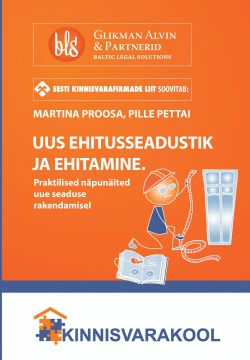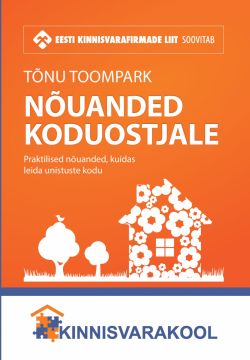Estonian Statistics Office data for 2010 has demonstrated that some 2324 units consituted new living space, which in total represents an increase of some 0.36 per cent in the amount of housing stock. This translated to an increase in total area of housing stock of 0.59 per cent for the same year, according to Tõnu Toompark on his adaur blog.
Over the last five years as a whole the yearly average increase in stock as a result of new units stood at 0.44 per cent, and in terms of area, new housing added an average of 0.62 per cent to the total each year.
In order for the quality of housing stock to continue to be maintained, the life expectancy of the stock of living space must be in the range of 16-226 years – either in terms of new units of dwelling space or of total area. When this happens the total stock will neither increase or decrease, writes Tõnu.
Unfortunately today the average life expectancy of a dwelling is 70 years, he says.
It can therefore be concluded that in order to ensure the maintenance of housing stock levels, it is necessary to make significant additions. Otherwise, depreciation will cause the overall housing stock level to deteriorate over time.
It should be noted that this does not take into account the fact that the life expectancy of housing stock can also be prolonged through renovation and repairs.
The original article (in Estonian) can be viewed here.
 Andrew Whyte
Andrew Whyte
Tallinn Property by Goodson & Red














